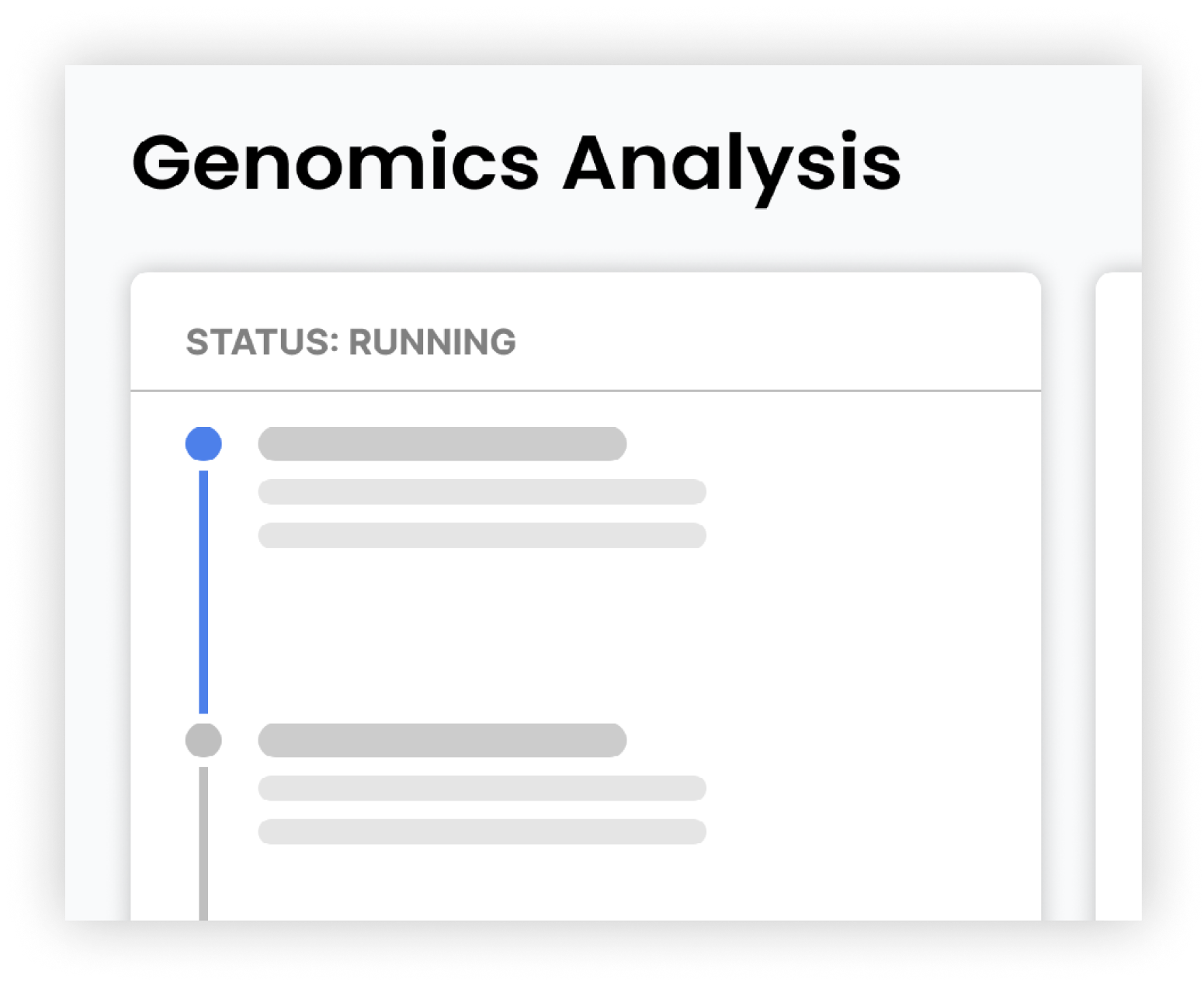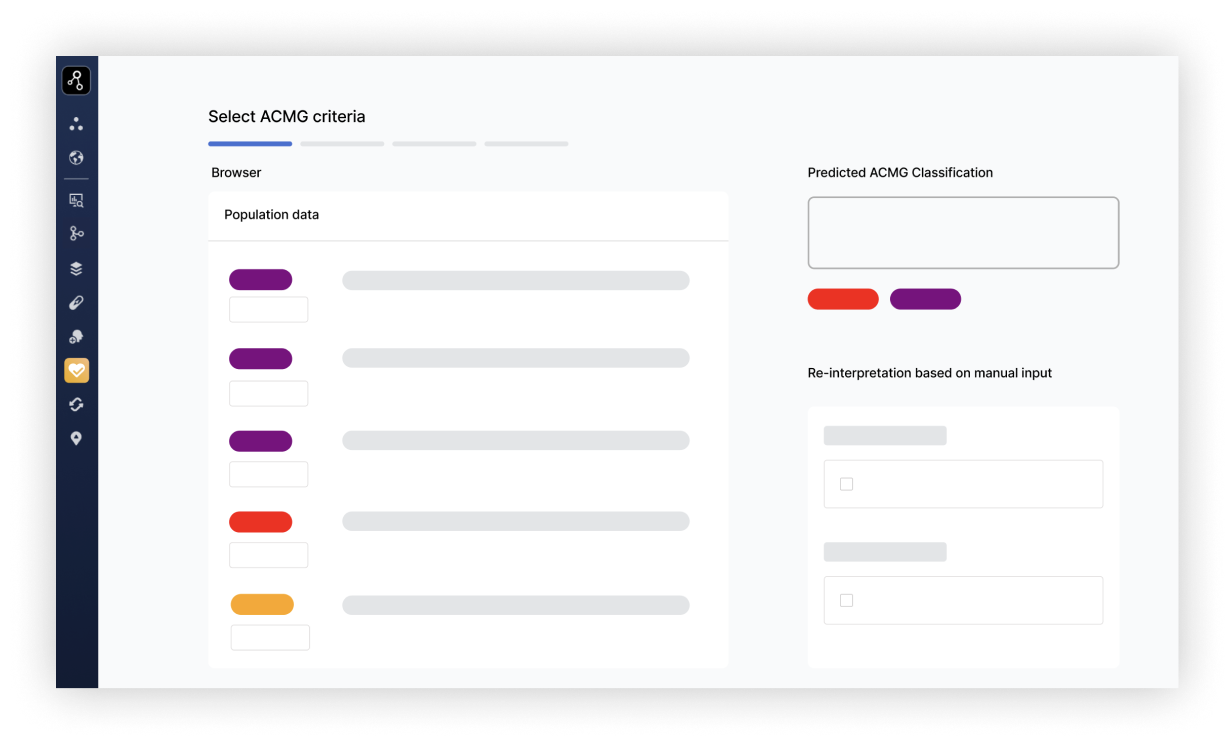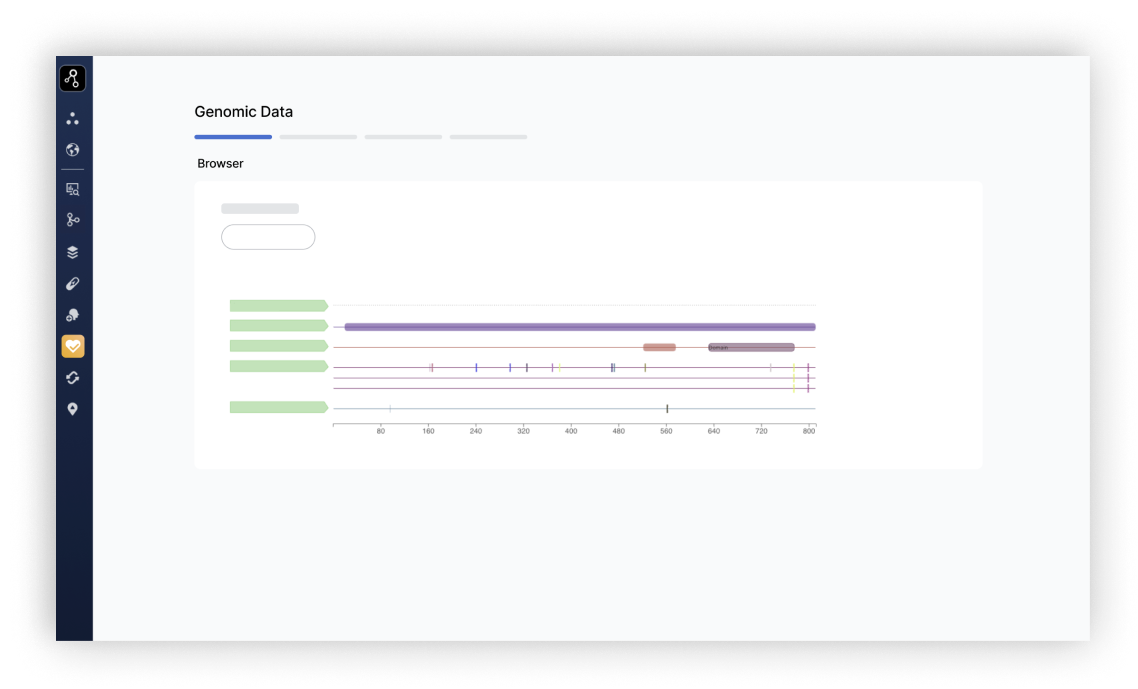Manage, monitor and scale bioinformatics pipelines with Lifebit’s NF-Copilot™ - the industry-leading solution for streamlined data engineering workflows in life sciences.
NF-Copilot™ Free
Sign up for freeNF-Copilot™
Enquire about Enterprise.png)
What is NF-Copilot™?
NF-Copilot™ is the ultimate tool for managing Nextflow-based pipelines, offering bioinformaticians across sectors a centralized interface to manage, monitor, and scale workflows seamlessly.
From pipeline import and catalog management to advanced monitoring and automated resource optimization, NF-Copilot™ eliminates complexity, enabling teams to focus on life-saving research. With a free, collaborative version now available, NF-Copilot™ is accessible to organizations of any size.
Free, collaborative version now available

Why Lifebit?
Your trusted partner for seamless, secure, and scalable workflow management
Enterprise-grade workflow management at the lowest costs
Run and scale Nextflow-based pipelines effortlessly with robust, self-serve functionality and enterprise-level controls in your own cloud or on premise environment. Lifebit achieves the lowest costs of ownership on the market.
Unmatched security and compliance
Protect sensitive data with full compliance (FedRAMP, GDPR, HIPAA, ISO, and SOC II) and advanced security. Lifebit is trusted by governments, pharma companies and major research organizations using federated architecture to ensure data residency and adherence to data privacy regulations.

Simplified collaboration and monitoring
Streamline teamwork with an intuitive interface, advanced monitoring tools, and seamless data auditability for reproducibility. Lifebit is the only platform offering free Nextflow-based pipeline collaboration without user limits.
Impact
Accelerate bioinformatics research and streamline workflow management
with Lifebit’s NF-Copilot™
FASTER WORKFLOWS
80%
reduction in time spent managing and executing pipelines.
ENHANCED REPRODUCTIBILITY
100%
Simple cloning and auditability of analysis inputs, outputs, and metadata.
SAVE COSTS
Up to 90%
Less cloud cost through cost-saving instances with automated resource termination.
Plans to suit your needs

Fully free with no hidden costs for unlimited users

Pipeline import and catalog management

Automated resource termination post-analysis

Advanced monitoring for streamlined troubleshooting

Unified interface for configuring workflow execution templates for end users

Use your own AWS, GCP, Azure cloud or HPC cluster
.png)
Multiple workspaces for secure data management
.png)
Complete cost management
.png)
Organization-level workflow management
.png)
Access to Lifebit’s Security Operations Centre
.png)
Dedicated support and enterprise SLAs
.png)
Advanced user onboarding and offboarding
.png)
Advanced SSO configuration
.png)
Integration with Active Directory & LDAP
How it works
NF-Copilot™ simplifies the entire process of running analytic workflows:
- 1. Import pipelines
-
Bring your own pipelines and create your own Nextflow-based workflows for seamless organization
- 2. Configure parameter templates
-
Set up user-friendly execution templates tailored to end users’ needs.
- 3. Run workflows
-
Execute workflows effortlessly with fully-automated resource allocation and management across cloud and HCP.
- 4. Monitor and optimize
-
Leverage detailed logging and analytics to streamline troubleshooting and ensure time and cost efficient runs.
- 5. Collaborate and scale
-
Collaborate with teams in a unified environment and scale effortlessly as needs grow.
.png)
- 1. Import pipelines
-
.png)
Bring your own pipelines and create your own Nextflow-based workflows for seamless organization
- 2. Configure parameter templates
-
-3.png)
Set up user-friendly execution templates tailored to end users’ needs.
- 3. Run workflows
-
.png)
Execute workflows effortlessly with fully-automated resource allocation and management across cloud and HCP.
- 4. Monitor and optimize
-
.png)
Leverage detailed logging and analytics to streamline troubleshooting and ensure time and cost efficient runs.
- 5. Collaborate and scale
-

Collaborate with teams in a unified environment and scale effortlessly as needs grow.
You might also be interested in
Featured news and events
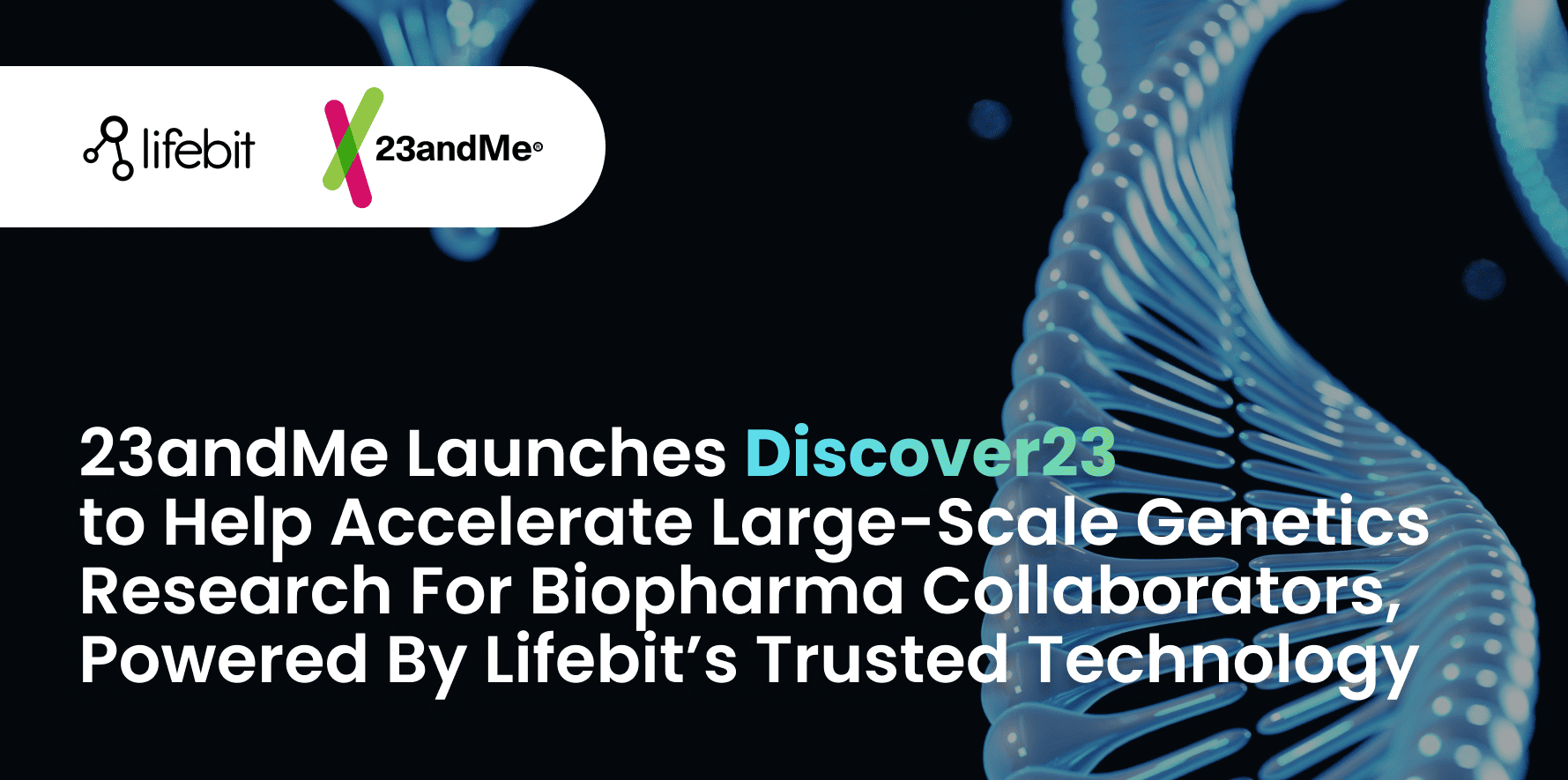
2025-01-08 13:58:41
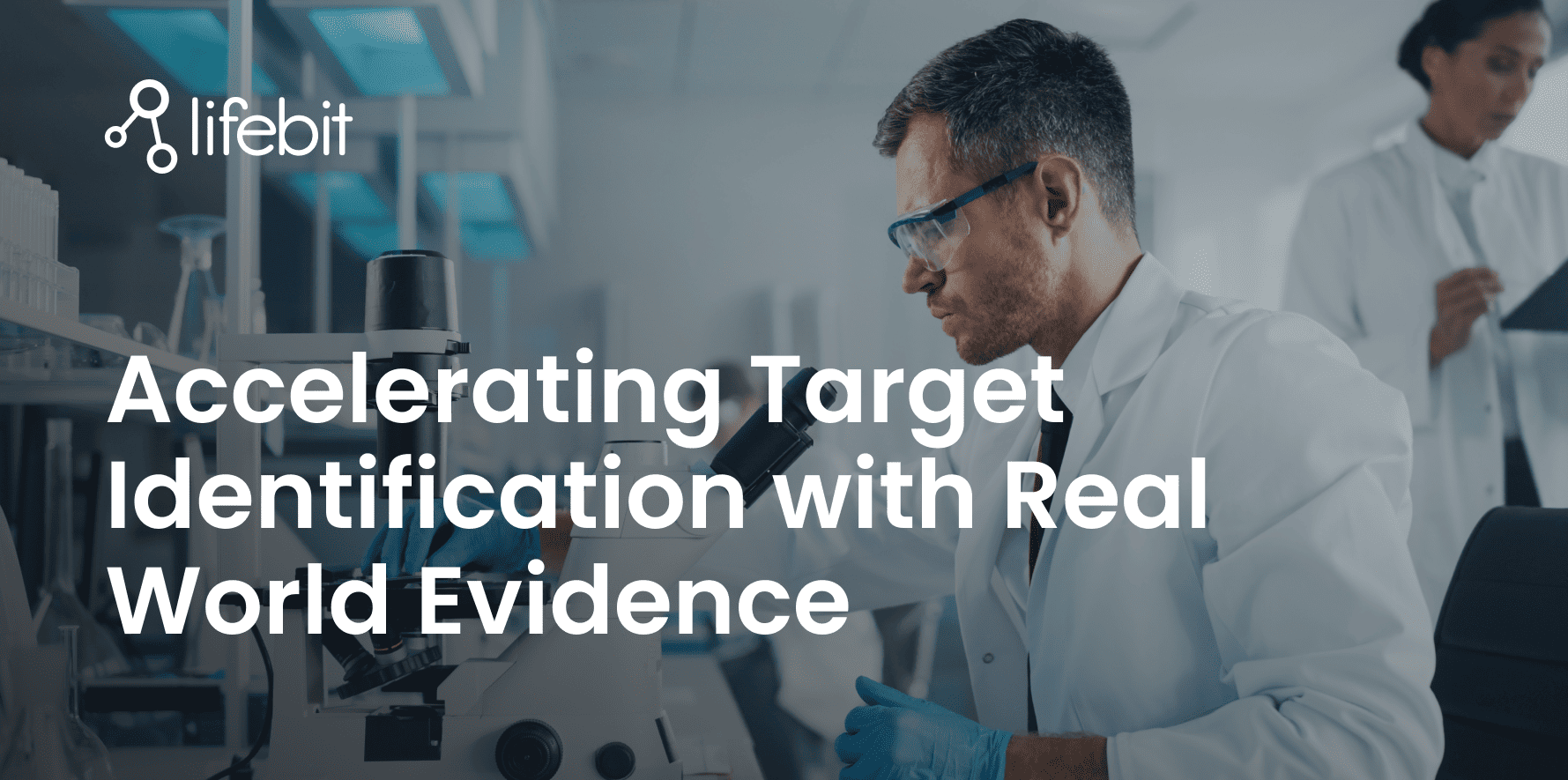
2024-12-06 15:53:10
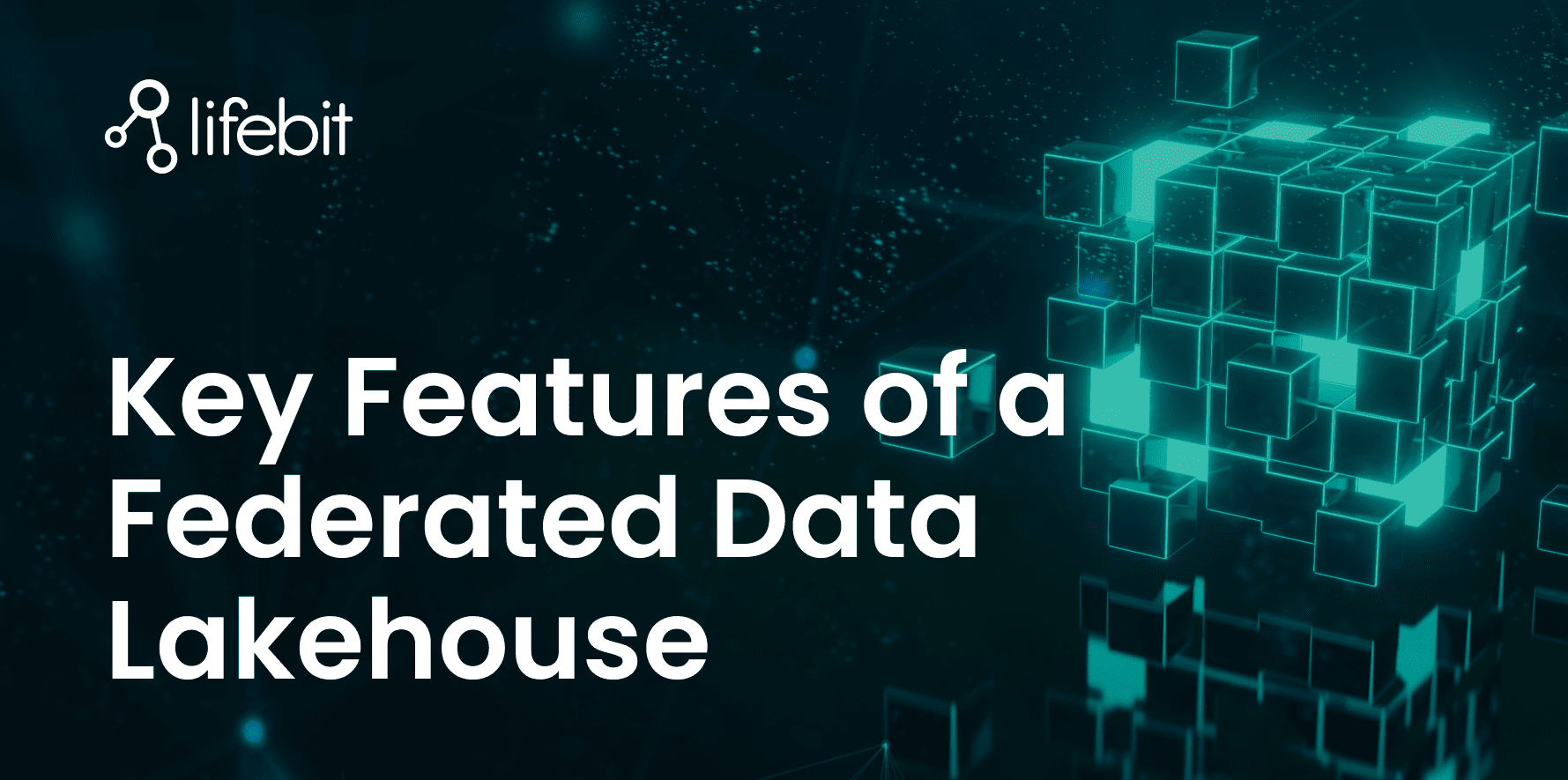
2024-11-27 12:35:34
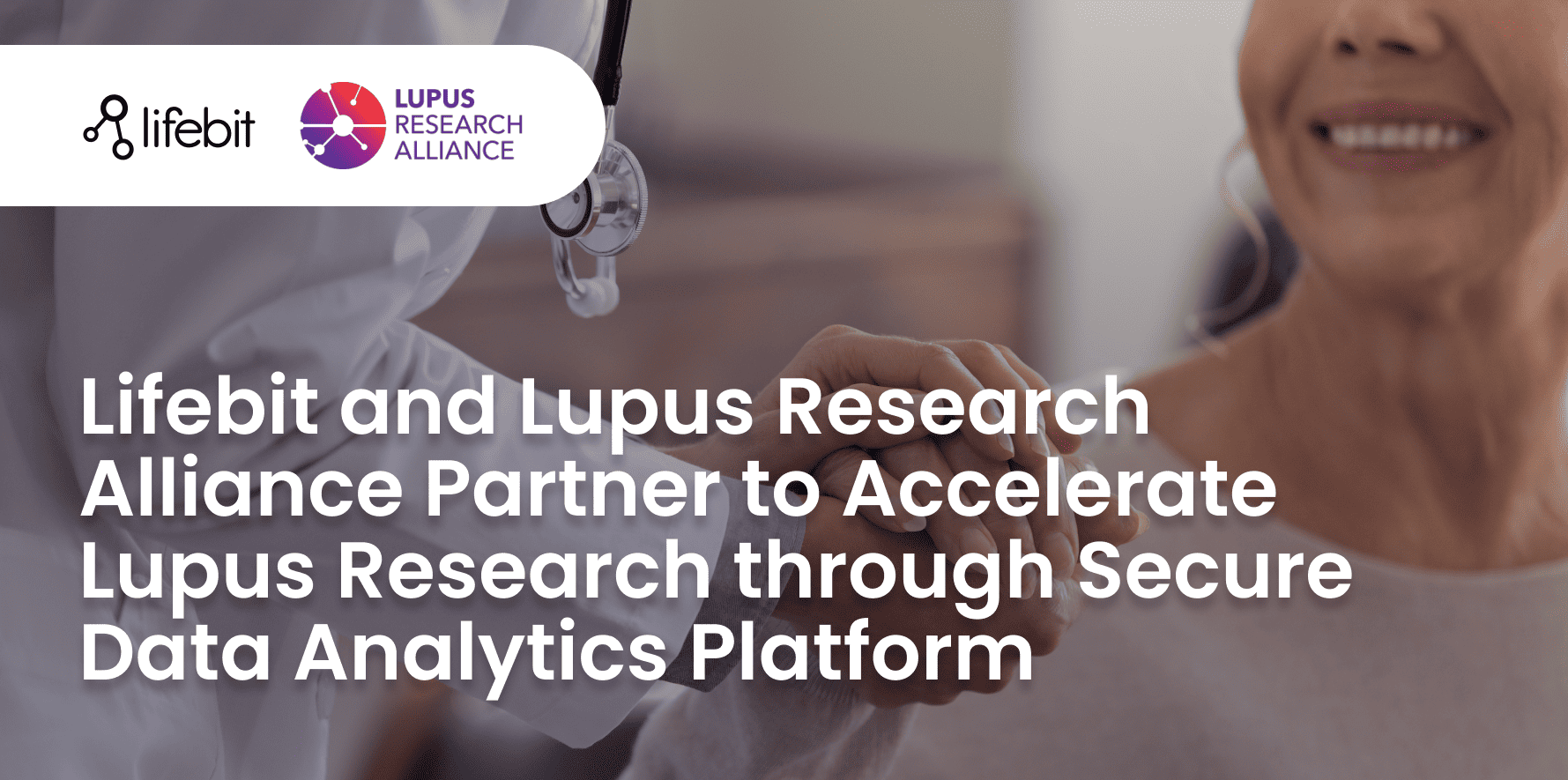
2024-11-27 09:15:04
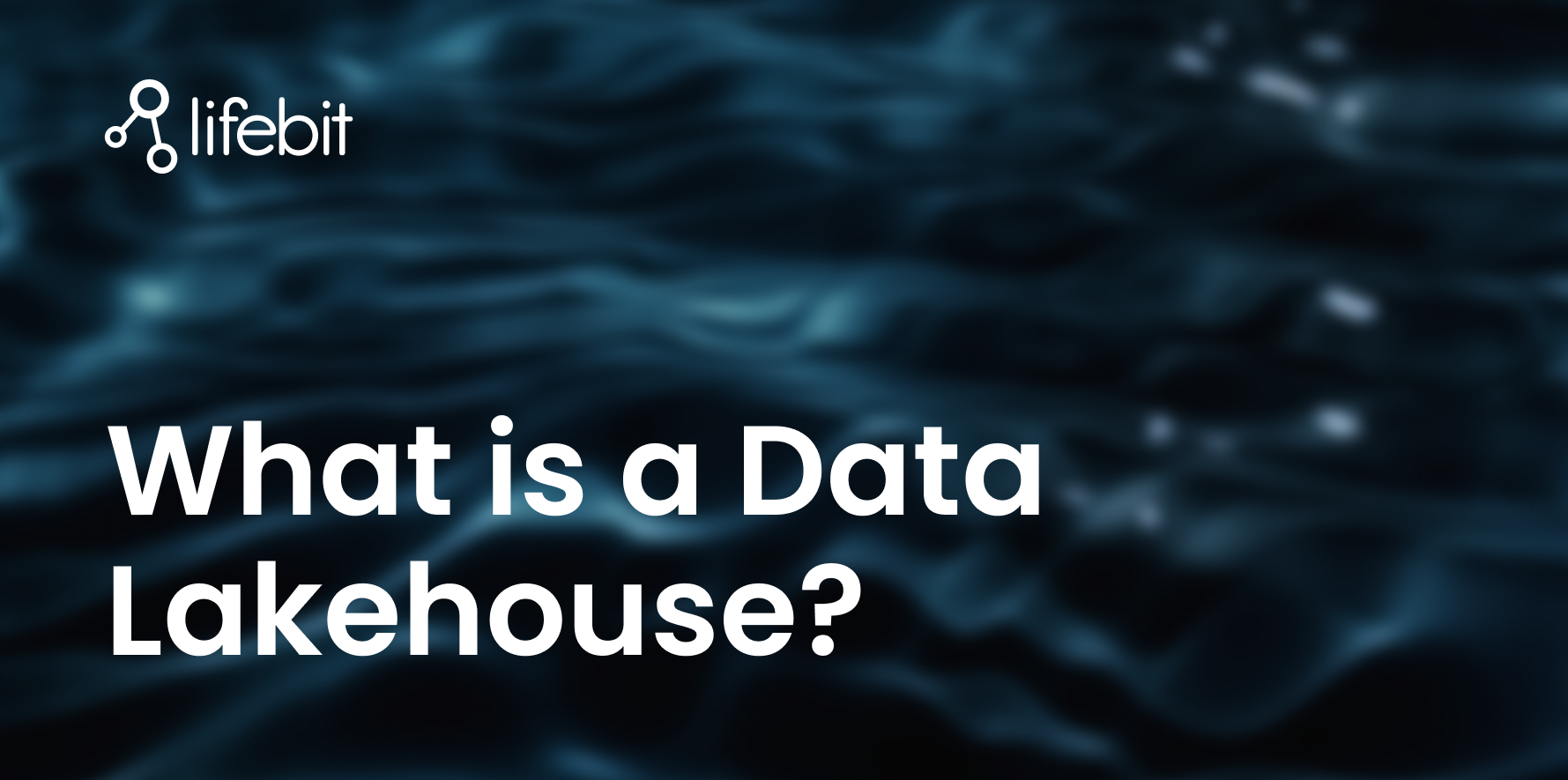
2024-11-20 09:41:45
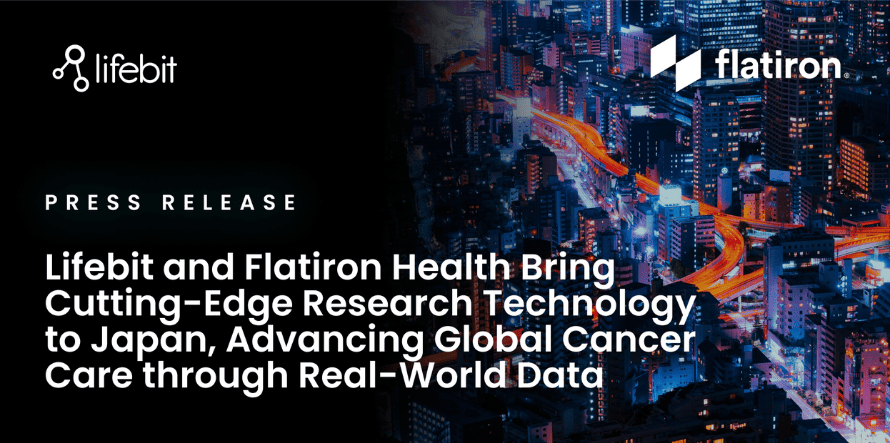
2024-10-08 13:00:00
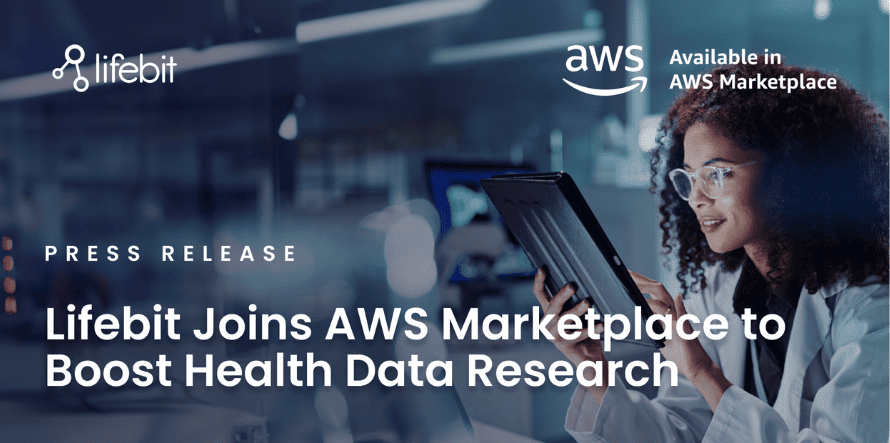
2024-10-04 12:00:00
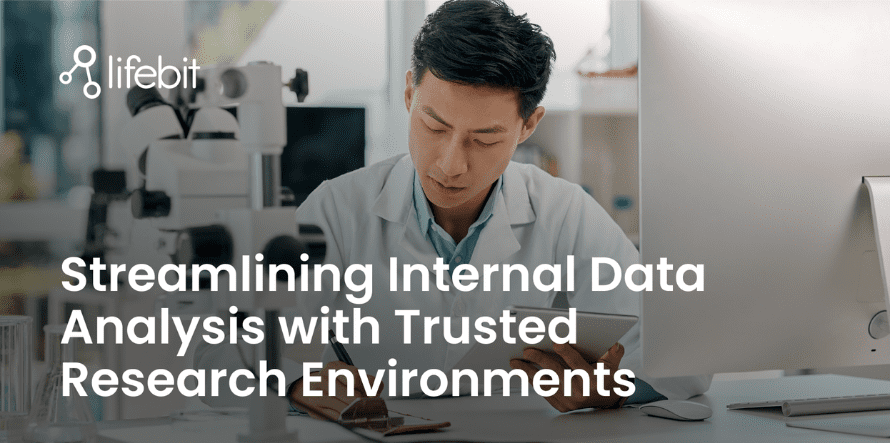
2024-09-24 08:28:11
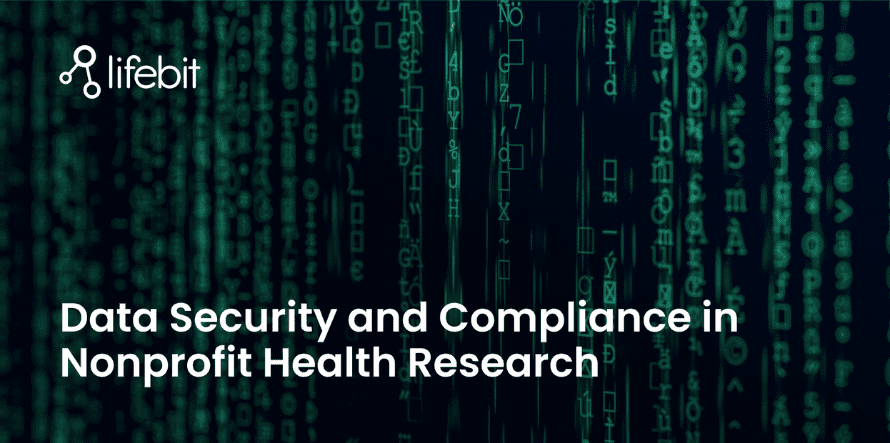
2024-09-19 11:24:21
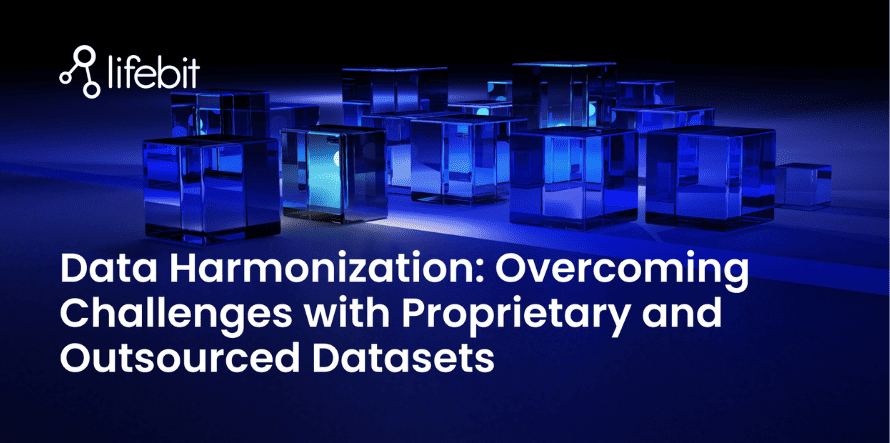
2024-09-18 11:30:00
Ready to take your pipelines to the next level?
Contact Lifebit today and discover how our federated data solutions can accelerate your research.
FAQ
- What types of data does the Lakehouse support?
-
Lifebit’s Federated Data Lakehouse™ supports a wide variety of data types, including EHR (Electronic Health Records), NGS (Next-Generation Sequencing) data, imaging, and multi-omics data. It seamlessly integrates structured and unstructured data, including FASTQ, VCF, and clinical data, transforming them to harmonized formats like OMOP for easy analysis.
- How does the Lakehouse ensure data security and compliance?
-
Lifebit’s Lakehouse platform maintains compliance with FDA and other regulatory guidelines through a built-in audit trail, secure data lineage, and privacy-preserving technologies. Data remains within each provider's environment, accessible only through controlled, permissioned access, and secure Airlock™ protocols ensure that any data exports are reviewed and approved.
- Can the Lakehouse integrate with multiple data sources and EHR systems?
-
Yes, the Federated Data Lakehouse™ can integrate data from multiple EHR systems, such as Epic, Cerner, and Meditech, and NGS providers like Tempus and Foundation Medicine. The platform supports various data retrieval methods, including API, Batch, FHIR, and direct database connections, allowing flexible data integration tailored to each organization’s systems and requirements.
- What are the benefits of a federated setup compared to traditional centralized data lakes?
-
A federated setup enables data to remain at its source, reducing risks associated with data movement, improving security, and maintaining data sovereignty. Researchers and analysts can access and query data across multiple sites without centralizing it, providing a seamless and compliant solution that also lowers infrastructure and maintenance costs.
- How is data standardized in the Lakehouse?
-
The Lakehouse transforms diverse data types into standardized formats, through common data models such as OMOP for EHR and clinical data and formats like VCF for genomic data. This standardization allows data from different sources to be combined and analyzed cohesively, providing a unified view of multimodal data across sites for more meaningful insights.
- Can the Lakehouse perform real-time data retrieval and analysis?
-
Yes, the Lakehouse is equipped for real-time data retrieval and analysis, supporting time-sensitive research needs. Depending on the retrieval method (e.g., API, Batch FHIR), data is automatically harmonized and prepared for immediate use, enabling quick decision-making without delays.
- How does Lifebit support data harmonization for complex multimodal data?
-
Lifebit’s platform uses advanced AI-driven pipelines to harmonize complex multimodal data, such as NGS and EHR. It integrates tools like DRAGEN, Parabricks, Sentieon, and GATK for genomic data, ensuring high-quality data transformation and seamless integration into common data models.
- Can users create cohorts and run analyses directly within the Lakehouse?
-
Absolutely. Users can access harmonized datasets and build custom cohorts within seconds using Lifebit’s intuitive interface. Advanced analytics, including GWAS, VEP, and PRS, are accessible within the platform, with support for JupyterLab, RStudio, and other tools to enable in-depth research and discovery.
- How does the Lakehouse handle data lineage and audit requirements?
-
Lifebit’s Lakehouse provides a full data lineage with acquisition timestamps, methods, and provenance details for each dataset, ensuring compliance with FDA and other regulatory standards. Users have access to detailed audit trails for every step in the data lifecycle, making the Lakehouse a reliable, compliant solution for real-world evidence generation and data-driven insights.
FAQ
- What types of data does the Lakehouse support?
-
Lifebit’s Federated Data Lakehouse™ supports a wide variety of data types, including EHR (Electronic Health Records), NGS (Next-Generation Sequencing) data, imaging, and multi-omics data. It seamlessly integrates structured and unstructured data, including FASTQ, VCF, and clinical data, transforming them to harmonized formats like OMOP for easy analysis.
- How does the Lakehouse ensure data security and compliance?
-
Lifebit’s Lakehouse platform maintains compliance with FDA and other regulatory guidelines through a built-in audit trail, secure data lineage, and privacy-preserving technologies. Data remains within each provider's environment, accessible only through controlled, permissioned access, and secure Airlock™ protocols ensure that any data exports are reviewed and approved.
- Can the Lakehouse integrate with multiple data sources and EHR systems?
-
Yes, the Federated Data Lakehouse™ can integrate data from multiple EHR systems, such as Epic, Cerner, and Meditech, and NGS providers like Tempus and Foundation Medicine. The platform supports various data retrieval methods, including API, Batch, FHIR, and direct database connections, allowing flexible data integration tailored to each organization’s systems and requirements.
- What are the benefits of a federated setup compared to traditional centralized data lakes?
-
A federated setup enables data to remain at its source, reducing risks associated with data movement, improving security, and maintaining data sovereignty. Researchers and analysts can access and query data across multiple sites without centralizing it, providing a seamless and compliant solution that also lowers infrastructure and maintenance costs.
- How is data standardized in the Lakehouse?
-
The Lakehouse transforms diverse data types into standardized formats, through common data models such as OMOP for EHR and clinical data and formats like VCF for genomic data. This standardization allows data from different sources to be combined and analyzed cohesively, providing a unified view of multimodal data across sites for more meaningful insights.
- Can the Lakehouse perform real-time data retrieval and analysis?
-
Yes, the Lakehouse is equipped for real-time data retrieval and analysis, supporting time-sensitive research needs. Depending on the retrieval method (e.g., API, Batch FHIR), data is automatically harmonized and prepared for immediate use, enabling quick decision-making without delays.
- How does Lifebit support data harmonization for complex multimodal data?
-
Lifebit’s platform uses advanced AI-driven pipelines to harmonize complex multimodal data, such as NGS and EHR. It integrates tools like DRAGEN, Parabricks, Sentieon, and GATK for genomic data, ensuring high-quality data transformation and seamless integration into common data models.
- Can users create cohorts and run analyses directly within the Lakehouse?
-
Absolutely. Users can access harmonized datasets and build custom cohorts within seconds using Lifebit’s intuitive interface. Advanced analytics, including GWAS, VEP, and PRS, are accessible within the platform, with support for JupyterLab, RStudio, and other tools to enable in-depth research and discovery.
- How does the Lakehouse handle data lineage and audit requirements?
-
Lifebit’s Lakehouse provides a full data lineage with acquisition timestamps, methods, and provenance details for each dataset, ensuring compliance with FDA and other regulatory standards. Users have access to detailed audit trails for every step in the data lifecycle, making the Lakehouse a reliable, compliant solution for real-world evidence generation and data-driven insights.

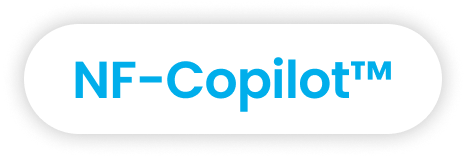
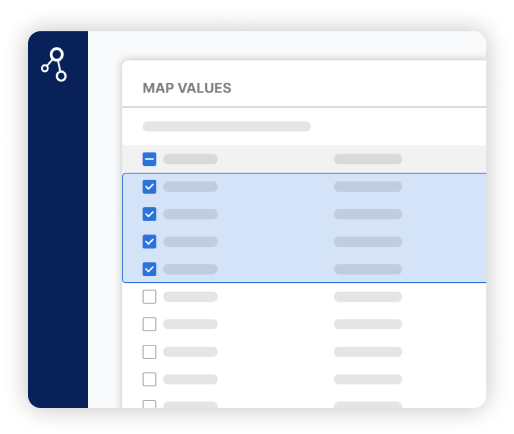
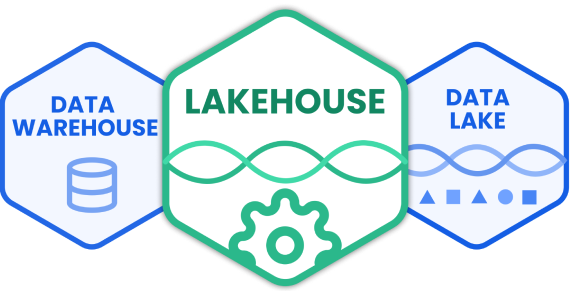
.png)
.png)
